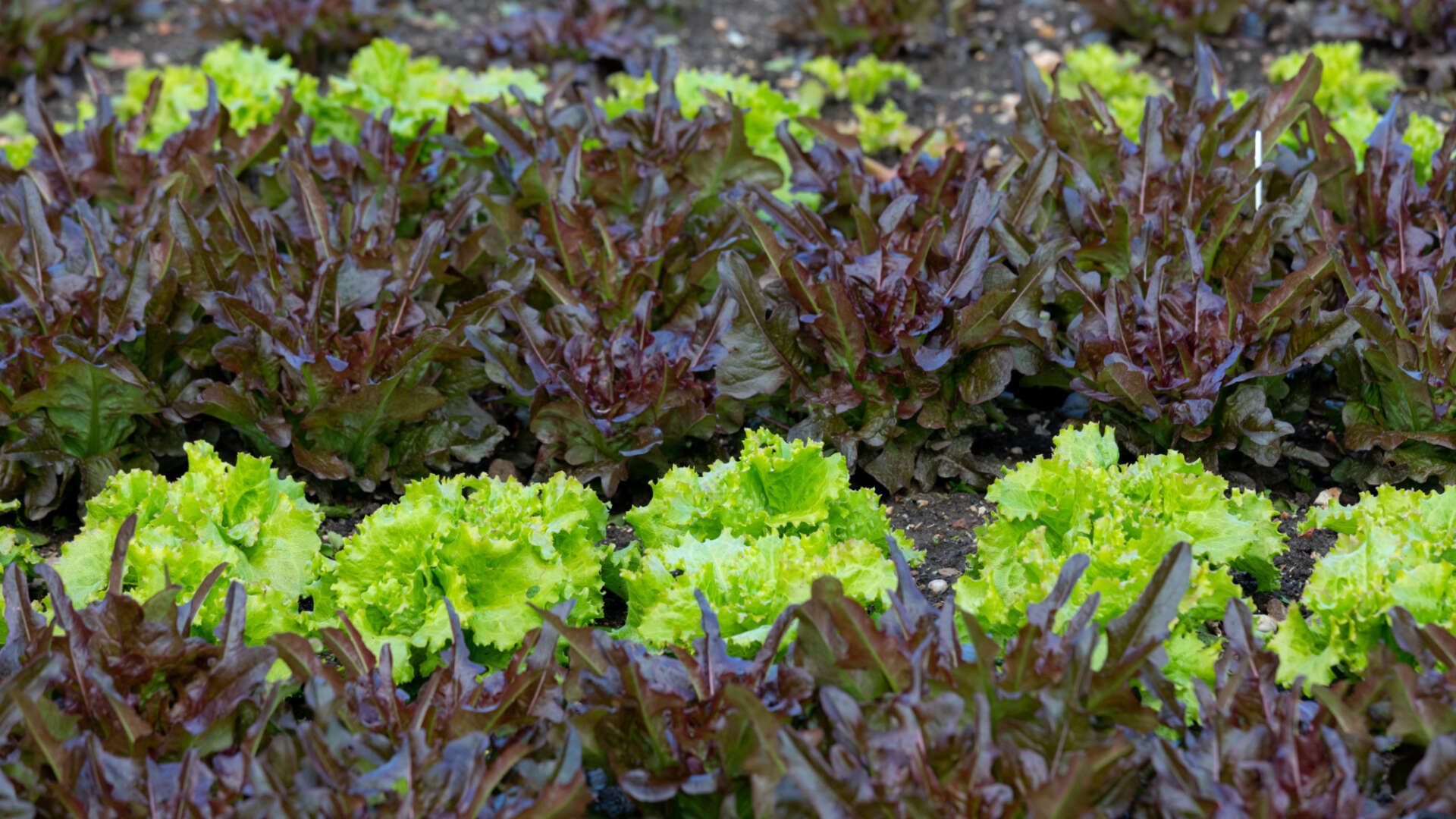One man and his organic plot - The month of May

On the other hand, it is also a month of high risk and skill as we negotiate the journey from seed, to young plants, to their final growing spot throughout the summer. Radiation frosts, slugs, cold winds and watering demands all lie in wait through May and a good gardener is probably more on his or her toes than in any other month of the year.
As April ends and May begins a conveyor belt of seed sowing, pricked out seedlings and gradual hardening off is in constant motion. Heritage varieties of runner beans, saved squash seed and courgette are all getting sown into my excellent peat-free seed compost and these are soon up and looking to put on growth. Tomatoes, peppers, chillies and bedding plants have all been delicately handled and pricked out into peat-free potting compost and given access to more room and much needed nutrients. The living room is a sea of baby plants and so now begins the job of transporting them down to the allotment where they will be housed in cold frames and cloches with occasional journeys out into the sunshine to get them acclimatised to their final planting spot. This ‘hardening off’ will continue throughout the month of May, creating strong sturdy plants, tougher against the tongues of molluscs, building decent root systems and a good set of leaves to immediately start harnessing the sun’s rays.
There are some critical jobs to do with your young plants in the month of May. Daily checks to make sure the soil remains damp, making sure whatever happens they are not accidentally left out of their cold frames overnight, and checks and prevention of slug and snail damage. My seed trays are sat on gravel, have beer cups sunk in the ground near them and dried, used, ground coffee is also used as a barrier. Inspections and manual removal is also important and I find lifting the trays/pots and checking underneath is really important as the smaller keel slugs love hiding under there. Apply these practices and there will certainly be no need for the dreaded poison that is the slug pellet. If you find that you are taking heavy slug damage, I advise that an organic spray that creates a bitter taste on the leaves to the slugs will do the job.
Pinching out plants is another good tip. I find this is quite important for seedlings that have come from my living room as they can be slightly elongated from the lower light levels. Removing the growing apical tips will trigger side growths and once the plants are at 6 to 8 leaf stage a foliar feed of seaweed extract really puts them on to a healthy productive summer. It is now just a game of patience and making sure no tender plant is exposed to any cold snaps in May and, once I’m satisfied, all my plants will make their final journey.
Happy gardening